
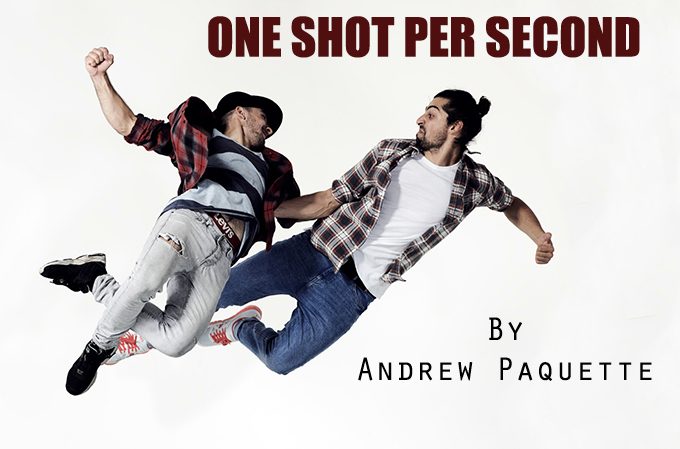
One shot per second: shooting fast action on the XF-100 system
By Andrew Paquette – His website is HERE
The color quality, resolution, high flash sync speed, and overall image quality produced by the Phase One XF-100 have sold me completely on the system. It is not, however, the fastest camera in the world, at least not when judged by the number of frames it can shoot in a second (about one or a little more, depending on conditions). Shooting fast action when you absolutely must get certain shots that will not be repeated, such as in a football game or other sporting event, are made easy with high frame rate cameras like the Nikon D810 or the latest from Canon—even cell phones these days can take an astonishing number of images in a second. For those times when you cannot control the action, a sports-oriented camera may be a better choice, but when you have the luxury of athlete performers who will do the shot over and over, the fantastic image quality of the Phase One system argues in favor of using it instead.
Over the summer, I was asked to shoot the Streetball Masters International basketball competition in Den Haag, the Netherlands. Because of the scheduling, I was not able to use my Phase One DF+ and IQ250 back on the first day, so I used my Nikon D800 instead. Using the D800 again after about six months of using the Phase One DF+ was an interesting experience, to say the least. First, the camera felt almost weightless in comparison to the Phase One equipment—this despite my impression that it was overly heavy before I got the Phase One. Second, I could barely tell when I’d pushed the shutter because it was so soft. Third, it took a lot of pictures very fast. For those reasons, I was very curious what I would get at the end of the day and whether the images would be competitive with the Phase One gear that I was able to use for the second day of the competition.
At first I was happy with the images from the D800 because I had a much wider selection of shots to choose from. This was because when shooting in continuous mode, I was getting around eight shots a second compared to a little over one with the DF+. But then I had a look at the tonal and color quality of the D800 images and they weren’t even close. Although I had much better light on the day I shot with the D800, the colors were flatter, less saturated, and prone to banding in the sky. The RAW file wasn’t much help, because there was very little to recover (figure 1). In contrast, I had to be much more careful with the Phase One and shot in single mode only, because the action I wanted was almost always over by the time I could fire a second shot. But then I looked at the images and found that I preferred them due to the color and tonal depth (figure 2). It is because of the excellent image quality produced by Phase One backs that I prefer them to faster cameras, even if it means extra trouble getting certain types of images.
Figure 1 Den Haag Nikon, 35mm 1.4G lens, f/2, 1/8000th/sec, ISO 800
–
Figure 2 Den Haag Phase One DF+, 150 mm SK LS lens, f/5.6, 1/1600th/sec, ISO 200
Recently, I did a couple of shoots with a group of free-runners named the “Friends Crw” (Friends Crew): Orun Eren, Bulent Camdere, Ted Heil, Ravi van den Herik, Alex Laman, Michiel Boone, and Bresle. The first shoot took place inside a studio in Den Haag, the second onsite at the abandoned town of Doel, Belgium, in the shadow of a nuclear power plant. For both shoots I used the Phase One XF with the new IQ3-100 100 MP digital back. The lenses were the Schneider-Kreuznach 28mm 3.5 LS for interiors in Doel, the SK 80 mm 2.8 LS for studio shots, and the SK 150 mm 3.5 LS for an outdoor shot in Doel. The problem with all of these shots was coordination and timing. To get the shots we wanted, the freerunners had to jump into the right place at the right time and I had to click the shutter at exactly the right moment. If I missed, we’d have to do it again because the jumps happened so quickly there wasn’t time for two shutter releases. As long as they were in the right position, the Nikon would have made short work of it, but in the end, the real issue was coordinating the jumps. For seven guys jumping at once, this was not easy to do. To make it more difficult, they each had to be in a certain part of the frame when I clicked the shutter, so that they didn’t block each other. This meant that they had to start their jumps at different times so that they would be in the right pose at the right time in the right place when I (at the right time) triggered the shutter.
To choreograph this, we picked one of the guys (Ted Heil, center top) to be the key for everyone else to time their jumps against. They were all at different distances from the focal plane, so they practiced jumping so that they hit their pose just as Ted hit his. This took at least an hour to manage, but once the practice was done, we had the shot (figure 3). We also had about a hundred shots that betrayed some amount of mistiming on the part of the freerunners or myself. However, looking at the total group shows that shooting at the rate of one frame a second didn’t cause me to lose any shots because the others were all made as part of the timing synchronization process.
Figure 3 Friends Crew group jump, Phase One XF-100, SK 80 mm 2.8 LS, f/10, 1/1600sec, ISO 50
After the big group shot, I also took a few shots of the freerunners in pairs and singles, as if flying. They didn’t have a trampoline for these, so all of the shots are of them jumping from a solid concrete floor to give the impression of flying or floating action. The idea for this is that many superheroes, like Batman and Daredevil, are glorified freerunners, so I wanted to shoot them as if they were superheroes. These were easier to shoot because it wasn’t necessary to coordinate the movements of seven models, but I had to be faster with the shutter release because they were only in the right place and pose for a split second. This would have been easier to catch with the Nikon on my end, but then I wouldn’t have had the color and tonal depth that we ultimately got (figures 4-8).
Figure 4 Ravi flying, Phase One XF-100, SK 150 mm 3.5 LS, f/10, 1/1600sec, ISO 50
Figure 5 Onur flying, Phase One XF-100, SK 150 mm 3.5 LS, f/10, 1/1600sec, ISO 50
Figure 6 Alex flying, Phase One XF-100, SK 150 mm 3.5 LS, f/10, 1/1600sec, ISO 50
Figure 7 Onur and Bulent, Phase One XF-100, SK 150 mm 3.5 LS, f/10, 1/1600sec, ISO 50
Figure 8 Alex and Bresle, Phase One XF-100, SK 150 mm 3.5 LS, f/10, 1/1600sec, ISO 50
After the studio shoot, we drove down to Doel, Belgium, for the ghost town shoot. The site was full of broken brick buildings, boarded-up windows, graffiti, and more than one building that had been burned to the ground. We had to be careful to clear the ground and immediate surroundings so they could jump safely, but once that was done, the problems were almost the same as they were in the studio: coordinating the jumps. Because the environment was so interesting to look at, we went to three spots to get our shots. This reduced the time we had for shooting, but allowed more variety in the images themselves. We got one hero shot of the five guys who were available on that day: Orun Eren, Bulent Camdere, Ted Heil, Ravi van den Herik, and Michiel Boone (figure 9), and then two shots of two guys each (Figures 10-11), and then a main group shot of everyone standing in the ruins of a building (Figure 12). Because some people asked if I’d composited the group shot in Den Haag from separate shots (I didn’t), I shot the Doel group at a slow shutter speed, 1/125sec, to add a little motion blur and make it obvious that they were all shot at once. This isn’t clear in the low-res images here, but is quite clear in the full res images, particularly around the legs of Michiel, who is doing a back flip in the center of the frame.
Figure 9 Friends Crw, Doel, SK 28mm 3.5 LS, f/6.3, 1/125sec, ISO 400
Of the group, the hardest shot to get was the last one with only two guys, Onur and Ravi. It seemed simple enough when we set it up, but getting the timing of Ravi’s jump wasn’t the only problem. For the shot, the camera had to see Ravi through Onur’s legs as he pivoted out of a handstand on a bench. This meant that Ravi also had to work out how high and how far away from the bench to jump. At the same time, Onur had to work on his splits, to give Ravi as much room as possible to work with. On my end, catching the instant everything was in perfect alignment wasn’t easy either. In the end we got it, but it was easily the hardest shot of the day. The big group shot in the abandoned garage was comparatively easy. For that, the first shot was usable, but we kept tweaking it for another 40 shots or so to make it better. For the last shot of Onur and Ravi, there were about 150 shots that were all about choreography and my ability to catch the motion at the right moment—and then we were done.
Figure 10 Bulent jumping, SK 28mm 3.5 LS, f/7.1, 1/1600 sec, ISO 400
–
Figure 11 Onur and Ravi, SK 150 mm 3.5 LS, f/5.6, 1/400 sec, ISO 400
–
Figure 12 Friends Crw portrait, SK 150 mm 3.5 LS, f/5.6, 1/400 sec, ISO 400

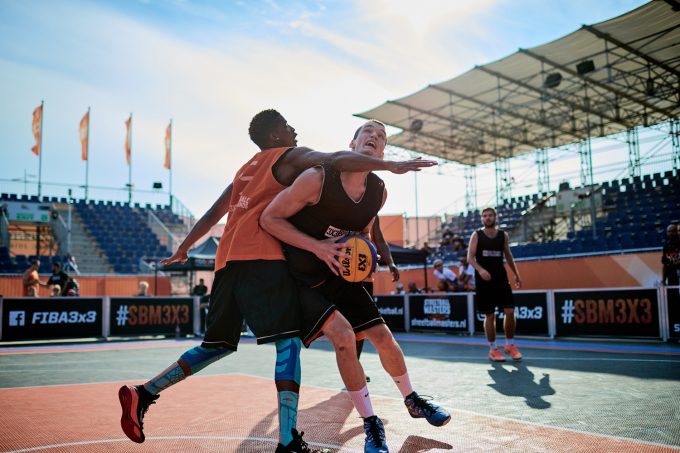
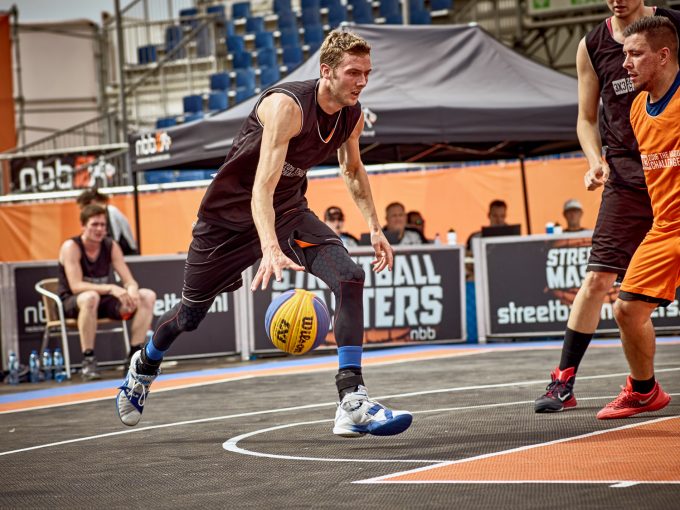
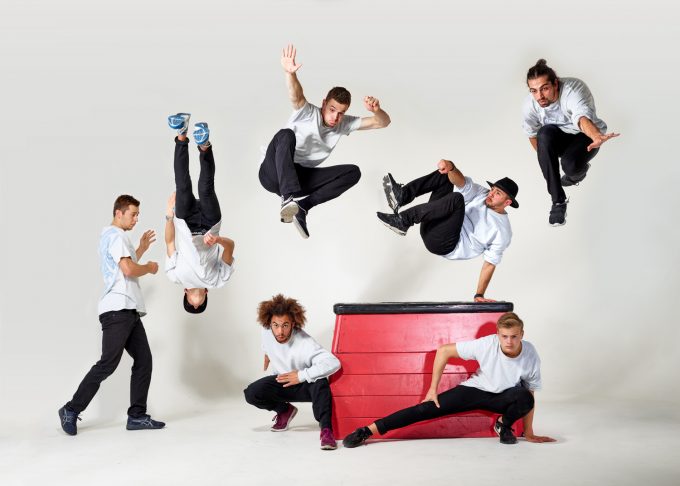
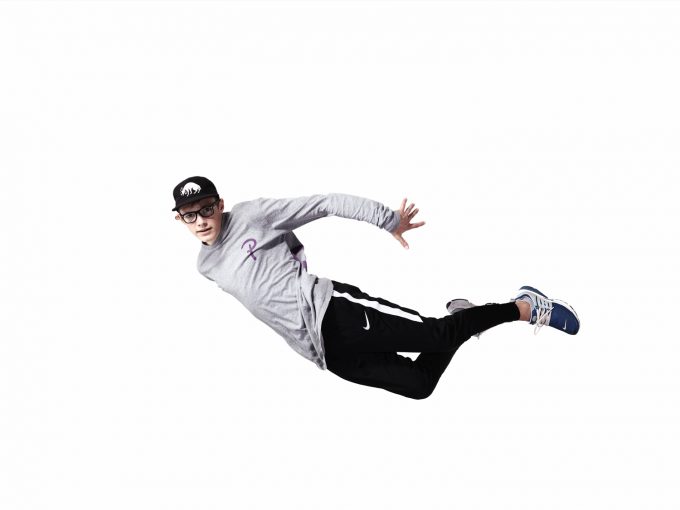
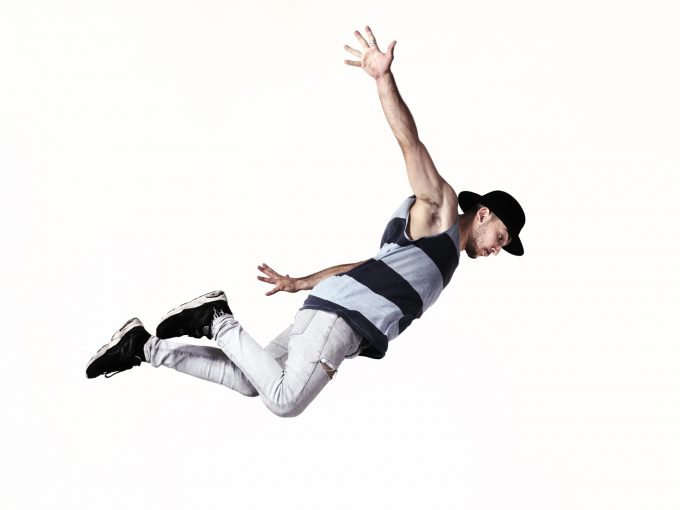
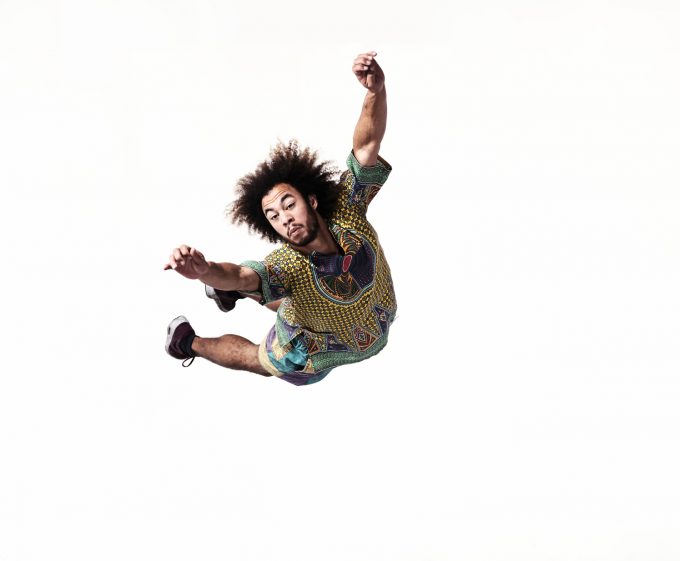
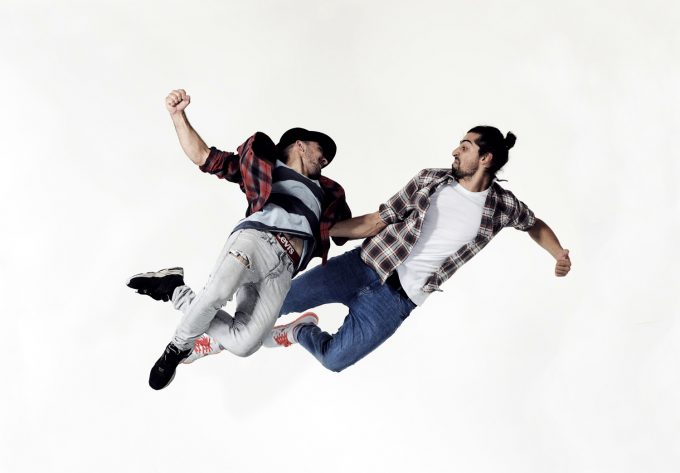
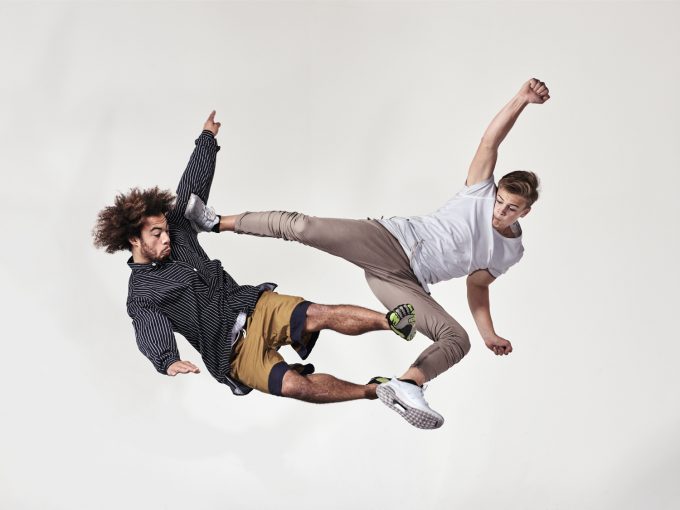
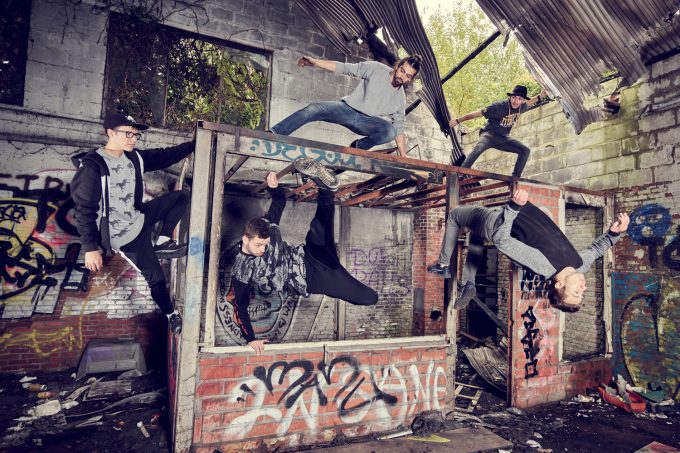
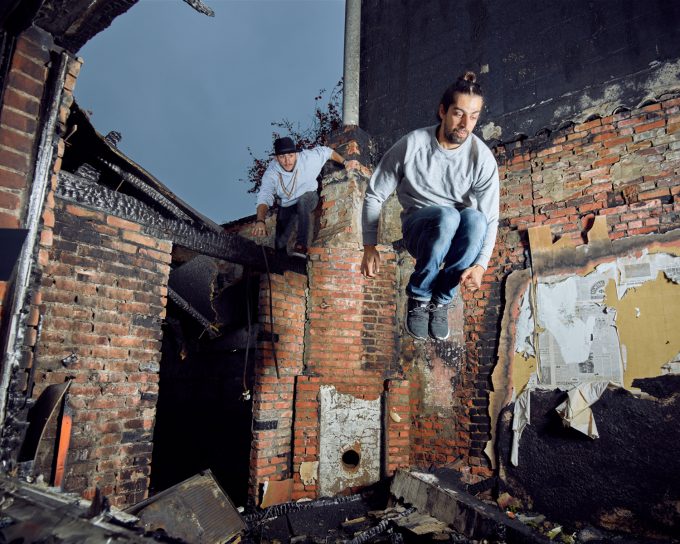
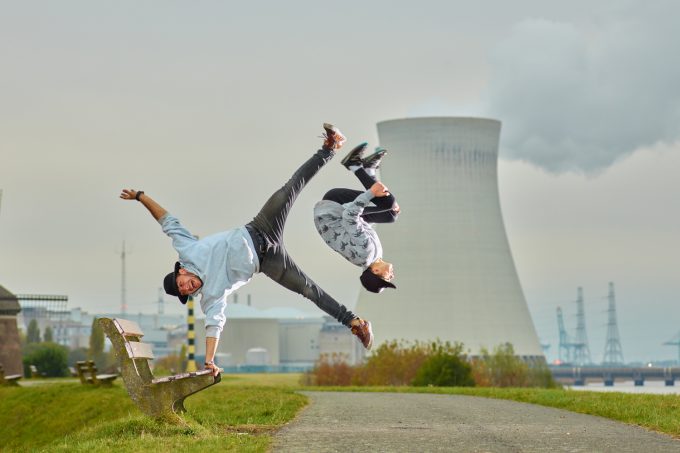
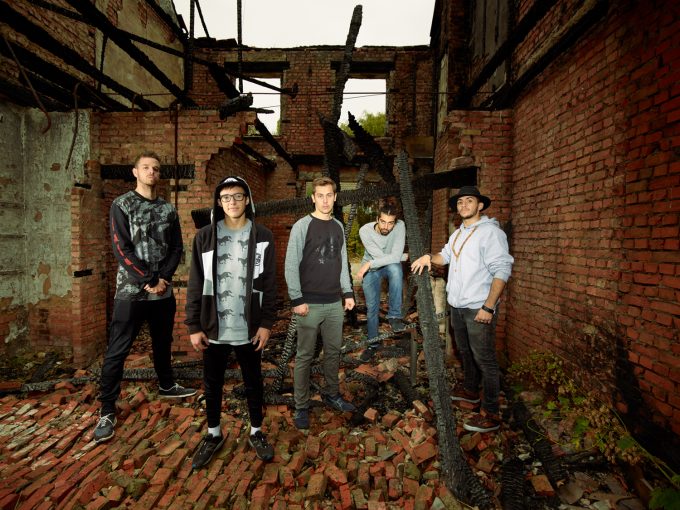


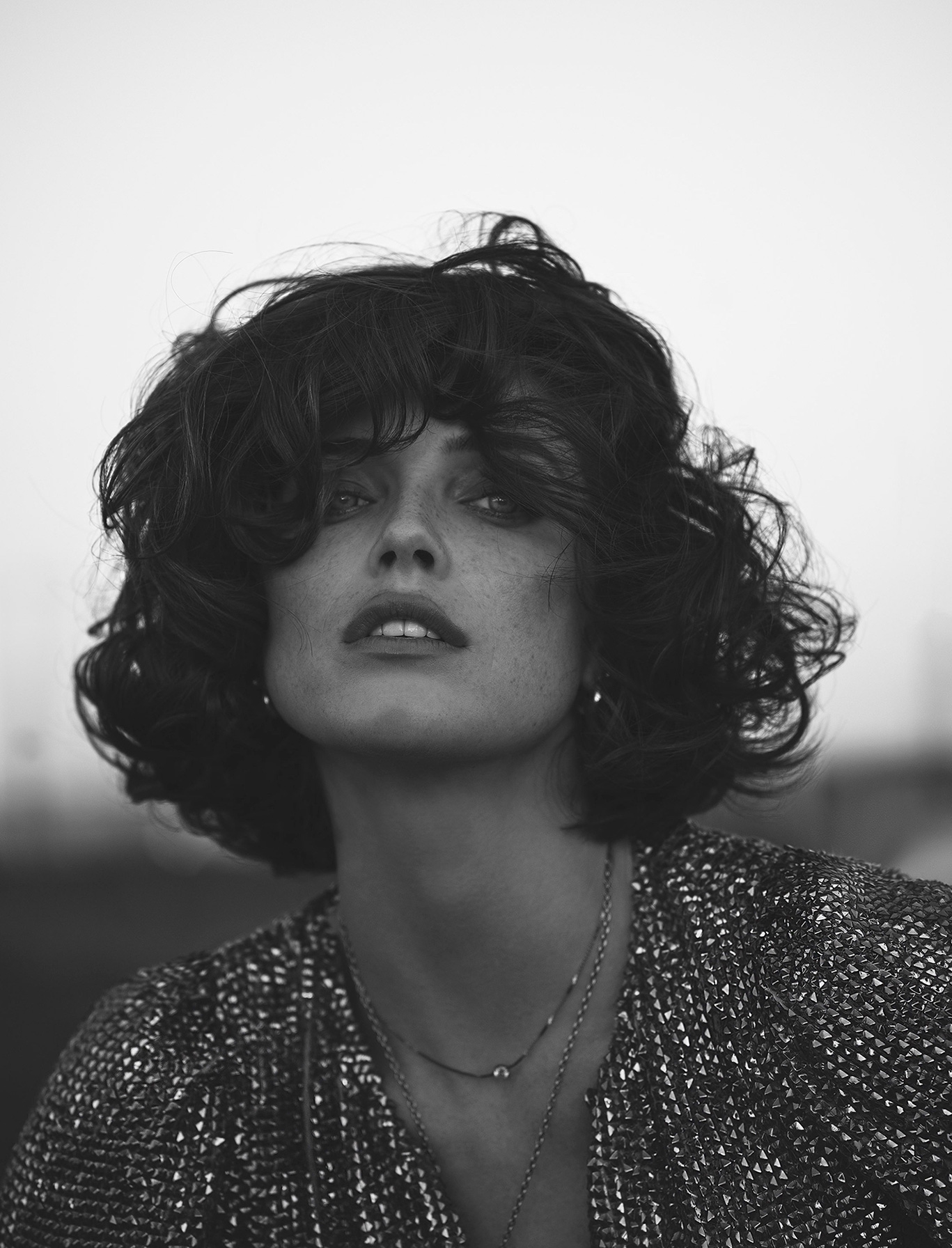
How to use a totally unsuitable camera for the job in hand. Can you ever imagine the sports editor of any newspaper worrying about the colour or tonal depth of a picture rather than getting the real money shots? Or sending a photographer out with a £50000 camera likely to shut down whenever it rains? With the quality of full frame cameras now, the medium format cameras like the Phase One used here are mainly now for big budget advertising campaigns where the quality is necessary, but as a tool for capturing action of a bunch of kids? Incomprehensible.
My thoughts, too. That it took an hour of practice jumping to get the timing right says a lot. Maybe a group of young guys have the patience for that, but most models won’t. With the present state of display monitors limited to a few megapixels, no one is likely to see the difference.
The photos are cool, but a less exotic camera would have given the same results with much less work for everyone. Horses for courses.
Another attempt to respond: Tony and Chris S, your comments are neither helpful nor enlightening. First, these aren’t intended for a sports editor, so whether a sports editor cares about color is irrelevant. That said, there are at least two Sports Illustrated covers made with Phase one backs, both action shots that took some preparation, like these.
But why make it so difficult for everyone? There’s a trade-off between a big loss of ease-of-use and a small gain in color tone when using the Phase One vs. a DSLR for sports shooting. If you want sports shorts, then it seems far better (faster, more convenient) to use a DSLR designed for that purpose. The color will be perfectly adequate, and most pros are using DSLRs and getting many excellent shots that dominate SI. If you need a studio camera for a high-end fashion shoot, then the Phase One will be better, but at a price.
I admire the effort to push the Phase One to this kind of application, but my take away from your article is that it’s completely the wrong camera for this subject matter.
So who are the shots intended for? And why the necessity for phase one attributes? Unless of course the photographer just likes buying and using hugely expensive equipment for his own satisfaction and then trying to use it on unsuitable subjects to justify the purchase. I am a bit mystified. Of the basketball shots shown the one shot with the Nikon is a far better shot, showing some action. The picture shot with the Phase one shows a guy bouncing a ball against a busy background. Instead of spending over 50000+ bucks get a Canon 1DX with some fast ‘L’ teles, save a huge amount of money and have a camera fit for purpose.
I find this all a bit strange, first off, using a studio camera costing over 50000 dollars to shoot a relatively low key basketball tournament? Also, commenting that tonal range would be important and that the second basketball shot was preferred because of it. To me the D800 shot was far better as a sports shot, as it should be, although the D800 isn’t particularly good for action. The second shot shows a guy bouncing a ball, whereas at least the first shows some action. A sports editor wouldn’t care at all about tonal range, he would want the money shot.
The second project was also puzzling, was it a commission for a magazine or for a poster that would necessitate using such a camera with a 100 mpx back? A faster camera would also have been a lot easier to get the result, but you seem to want ultimate resolution and tonal range again. The shots were good though, but in your own words, you deliberately chose a slow studio camera and made the job more difficult but hey, whatever rocks your boat.
Why were you shooting the D800 at ISO800 at 1/8000th/sec? That’s your problem right there.
Beautiful photos. I’m impressed.
Just curious about the post processing
Some very nice images here.
Love the shots on the white backgrounds!
Love the free runner shots!
Amazing Andrew!
Dude. You make good photos.